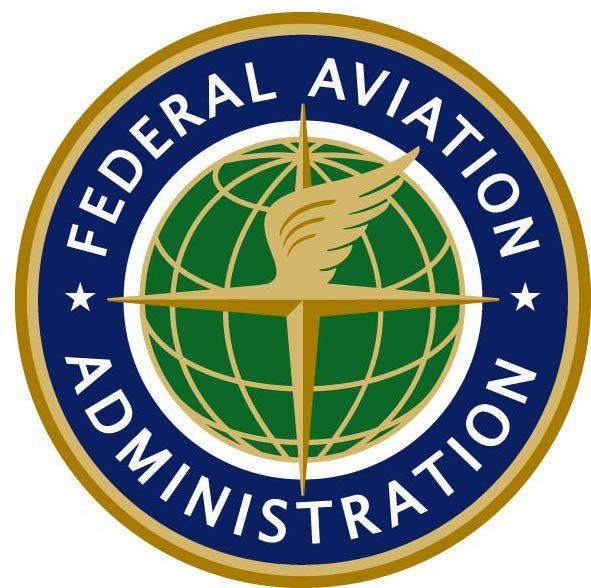
Aircraft equipped with ADS-B Out capabilities will no longer be required to specifically apply for approval to operate in Reduced Vertical Separation Minima (RVSM) airspace, according to a newly proposed FAA regulation. Under existing regulations, to fly an aircraft between FL290 and FL410, the aircraft must be RVSM certified, either by the manufacturer or by subsequent application. The application required the applicant to demonstrate the aircraft was equipped with an altimeter capable of a sufficiently high level of precision at very high altitudes together with an autopilot capable of holding altitude within certain standards.
Under the new rule, aircraft with ADS-B Out will still need to have a suitable autopilot, but the ADS-B Out system is deemed to comply with the altimetry requirements, provided that the aircraft is operating in airspace with ADS-B coverage to allow ATC monitoring of altitude compliance. The new rule, if adopted without significant amendment, is scheduled to become effective sometime in 2018. The FAA estimates that the rule will save over $35 million over five years, mostly by allowing additional aircraft to realize the fuel savings benefits of operating in RVSM airspace.
The rulemaking also opens the door to RVSM operation outside ADS-B coverage without RVSM certification: “An aircraft that has recently been monitored by the FAA and found to be operating normally could be safely operated outside of FAA-monitored airspace with a high degree of confidence that the performance requirements would continue to be met.” Since all aircraft operating in Class A airspace will be required to be equipped with ADS-B Out by 2020, this new rule paves the way for the elimination of RVSM certification entirely in the next decade.


































